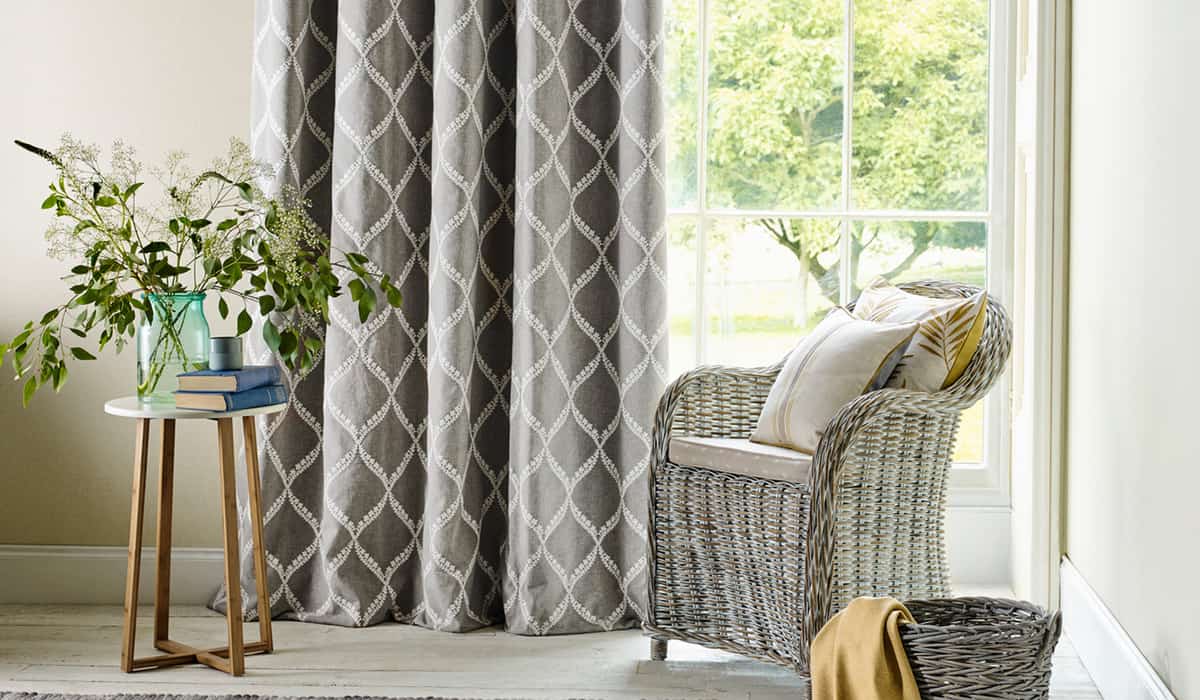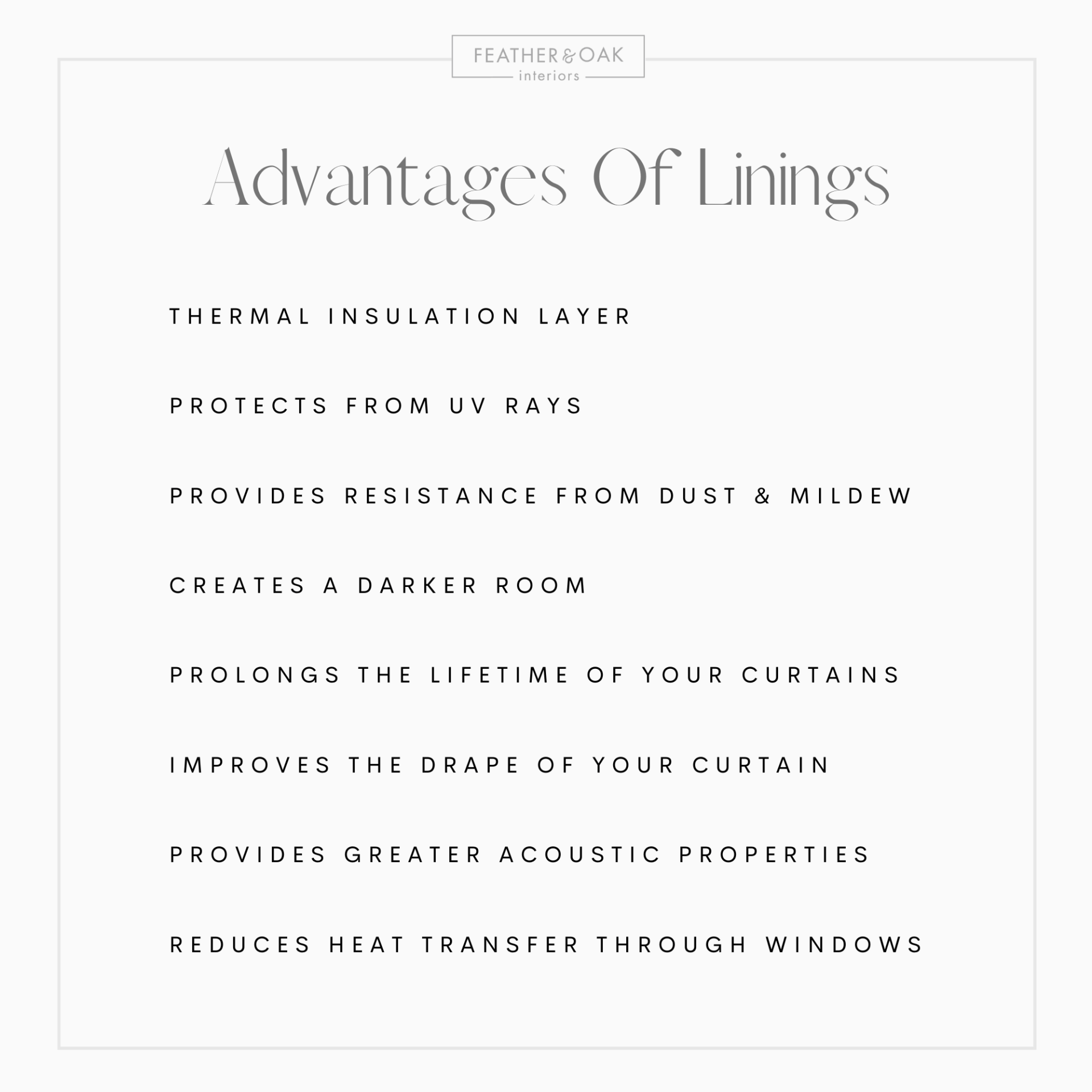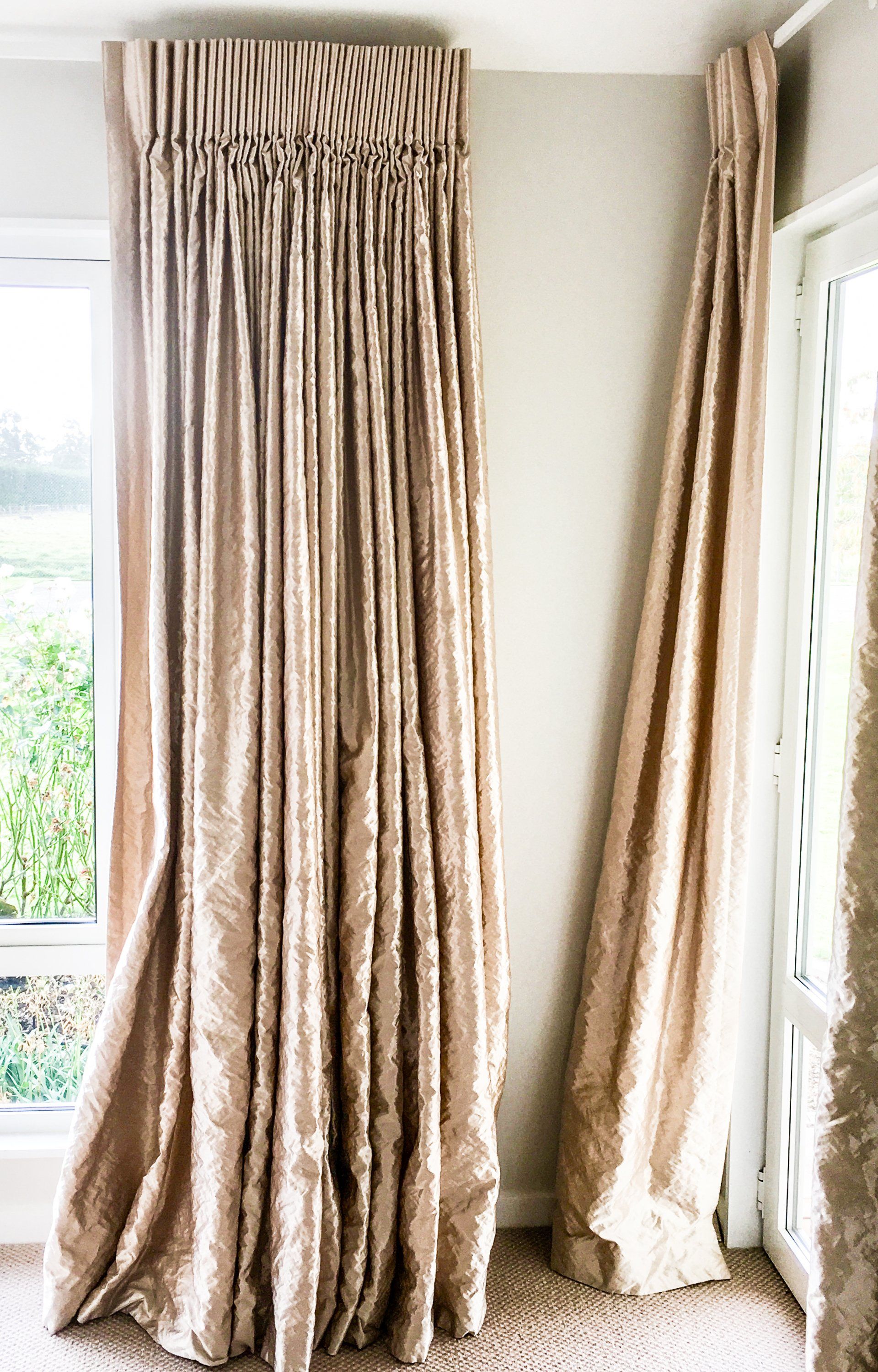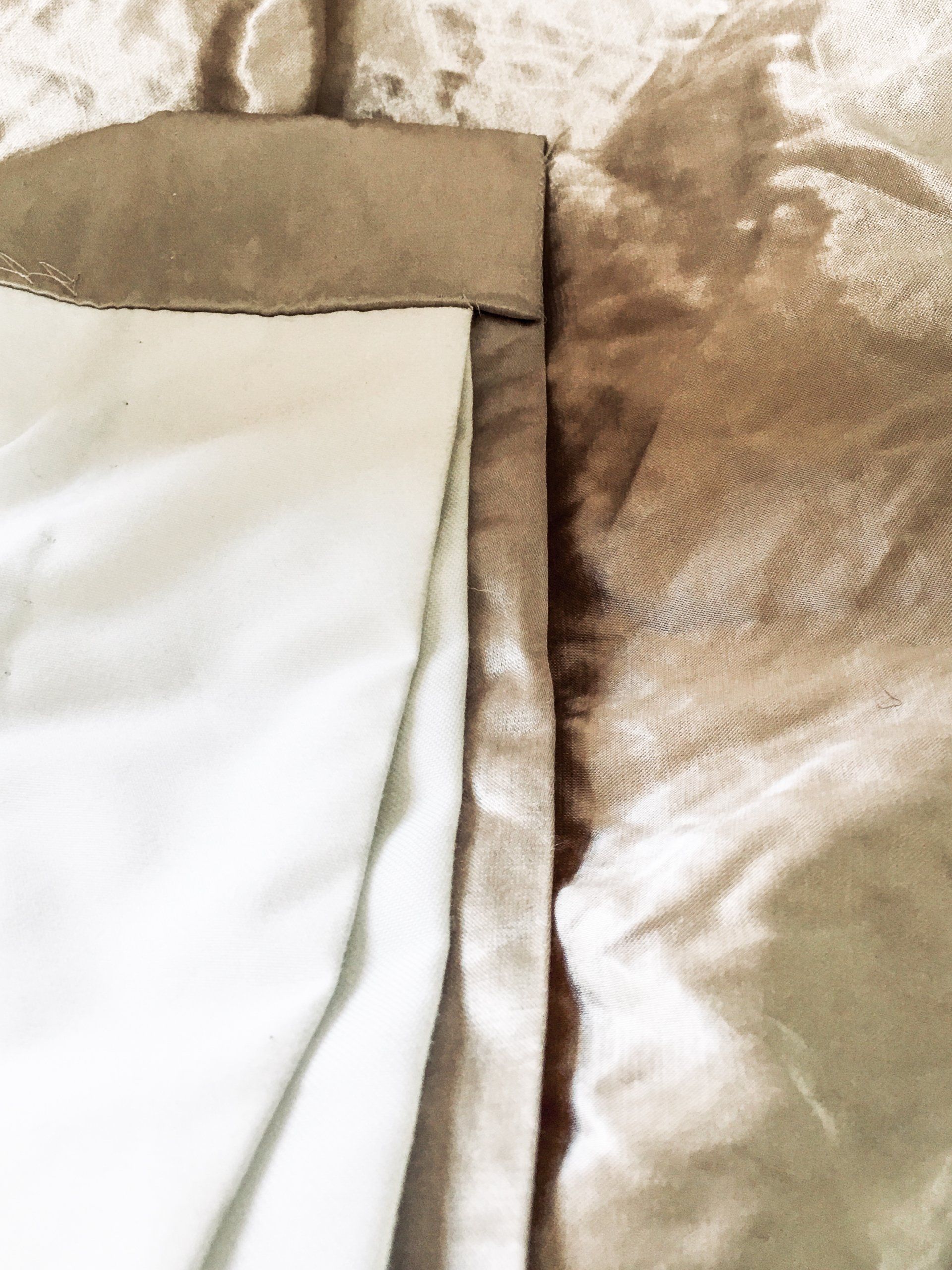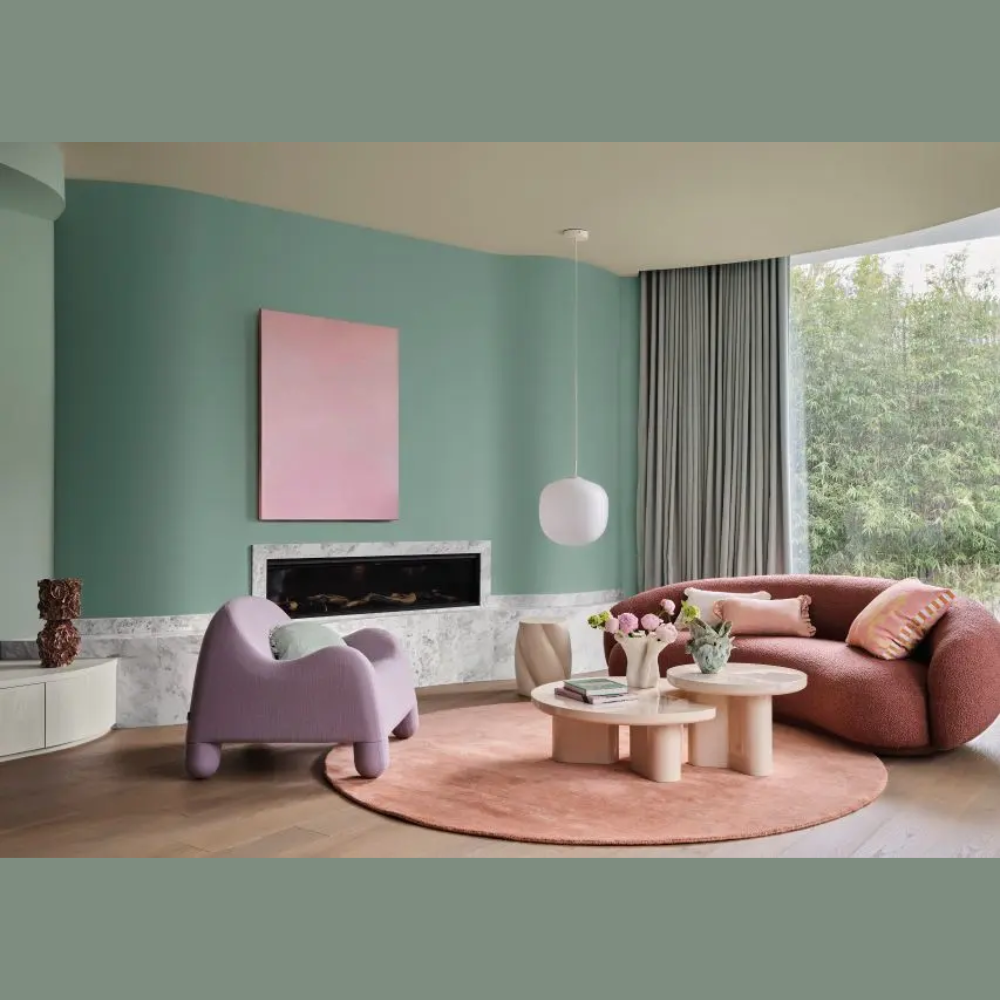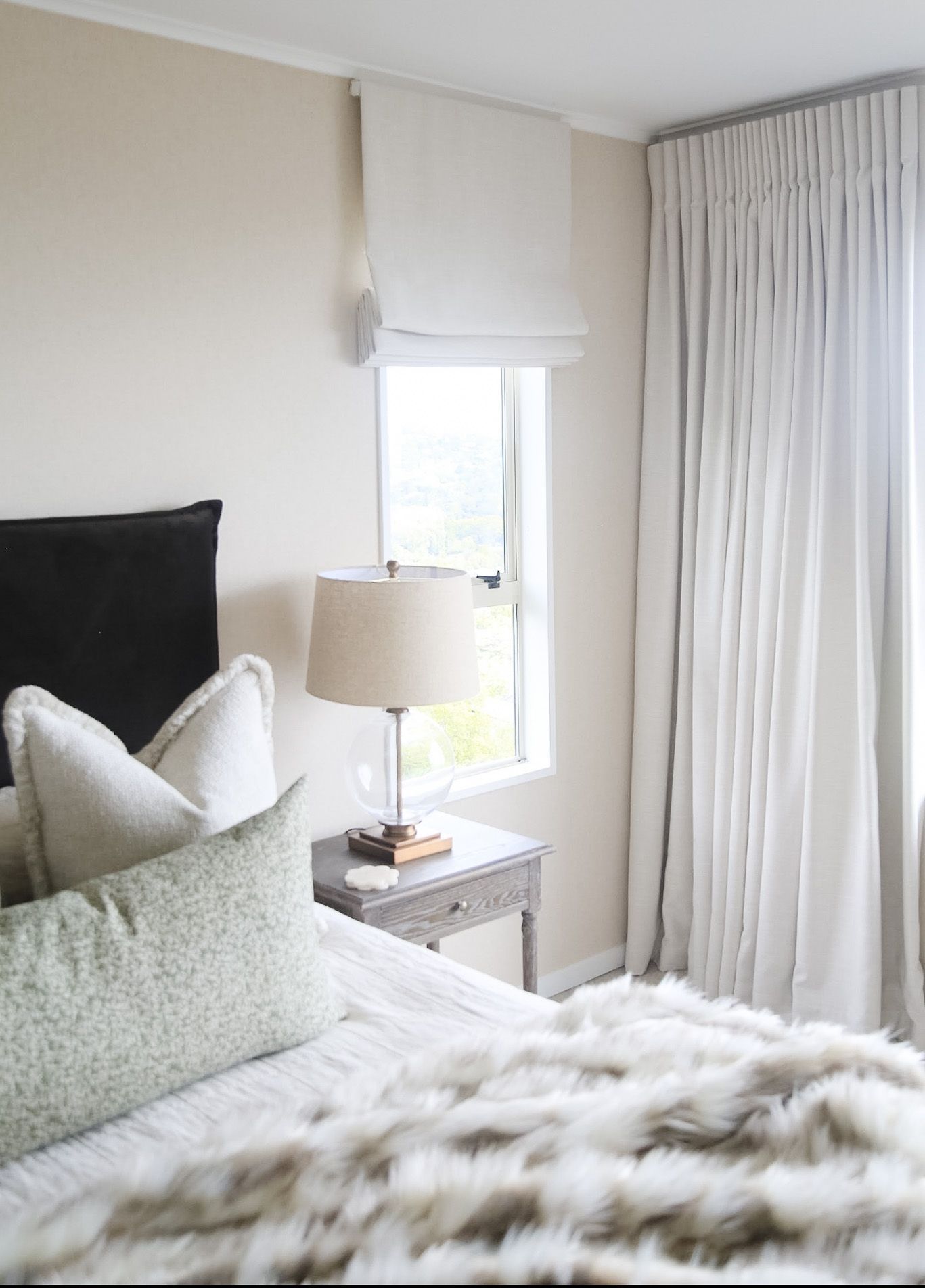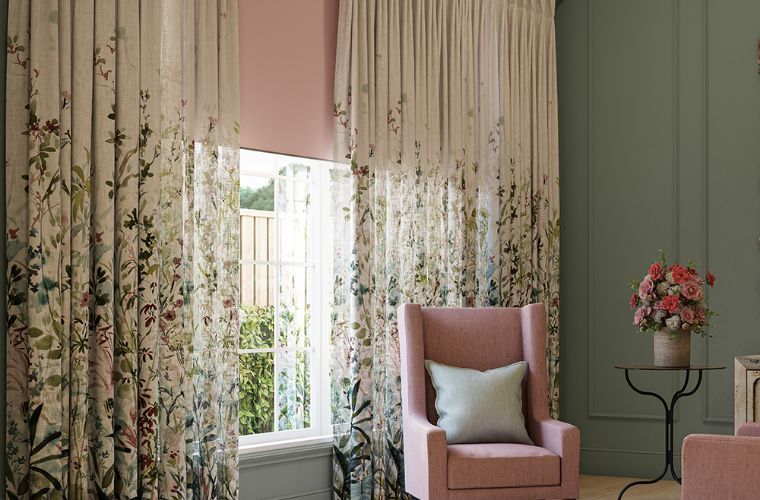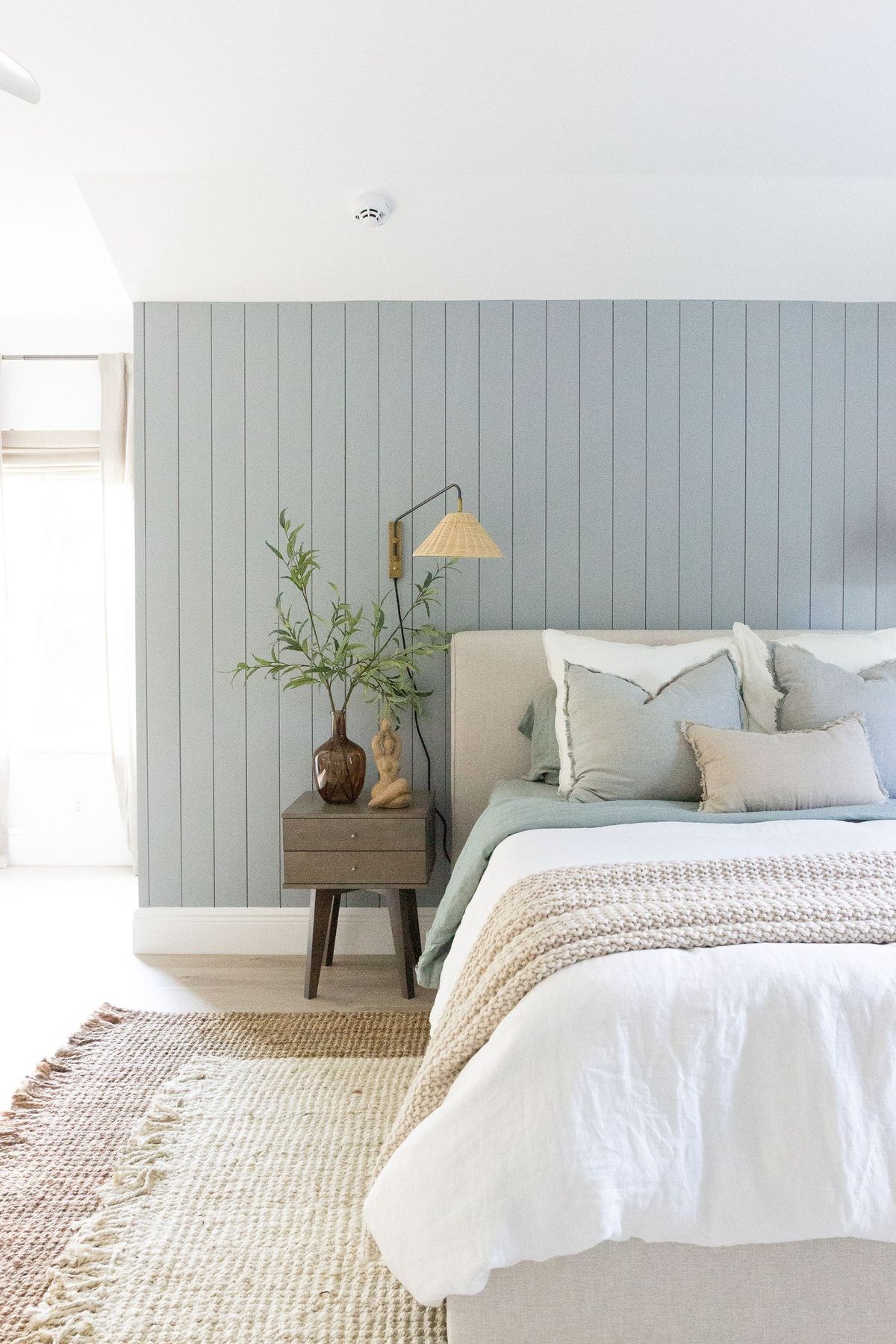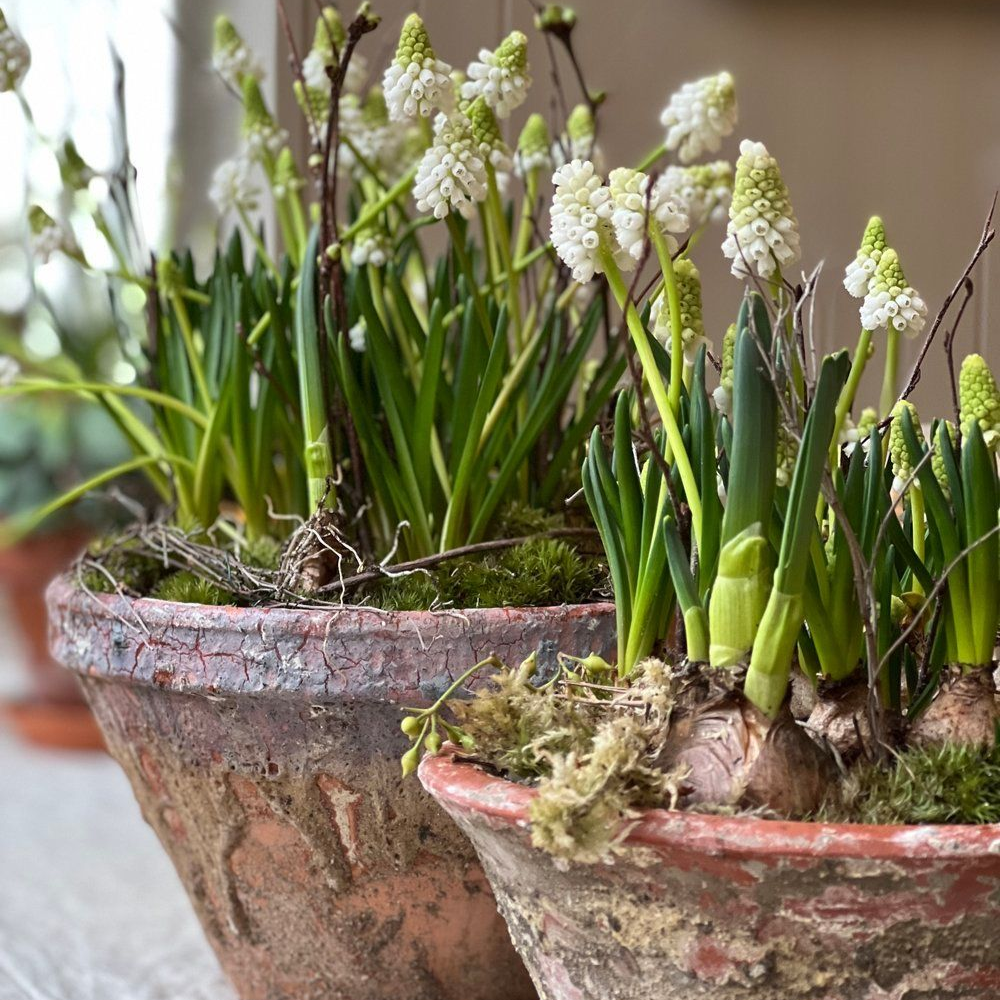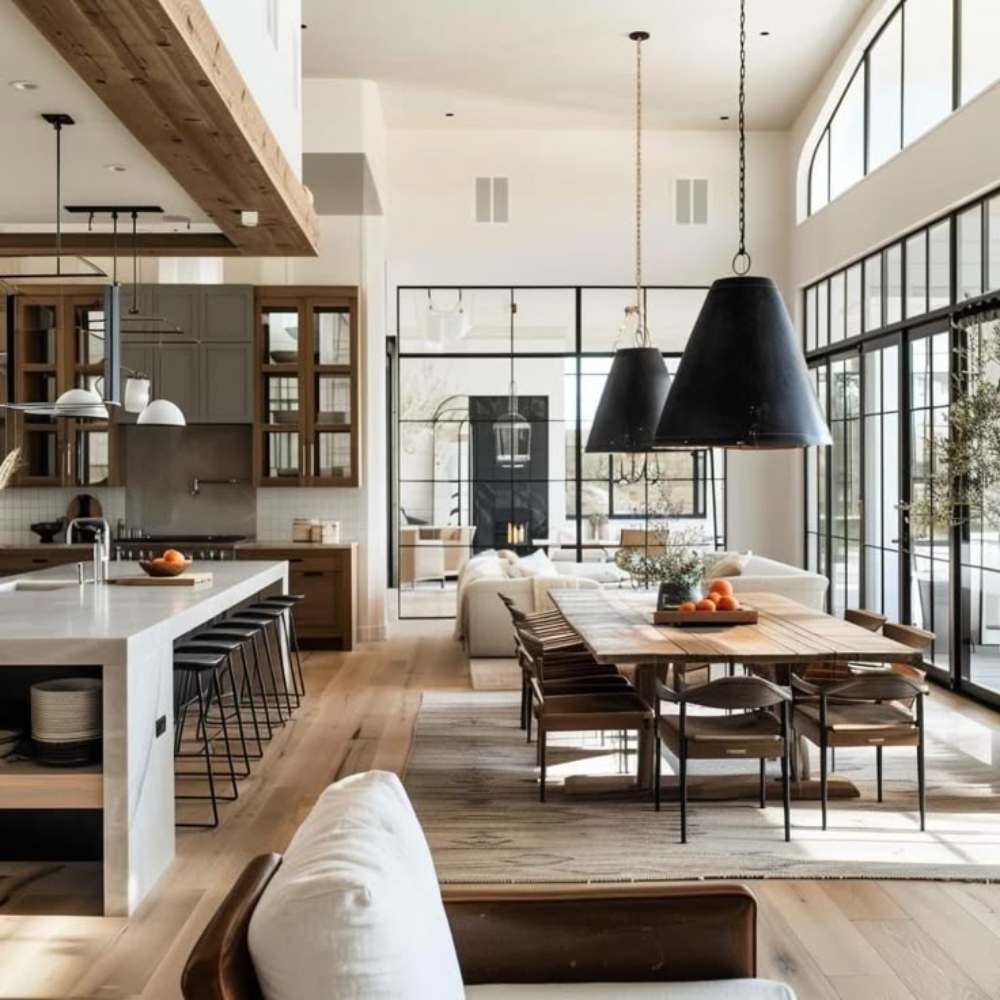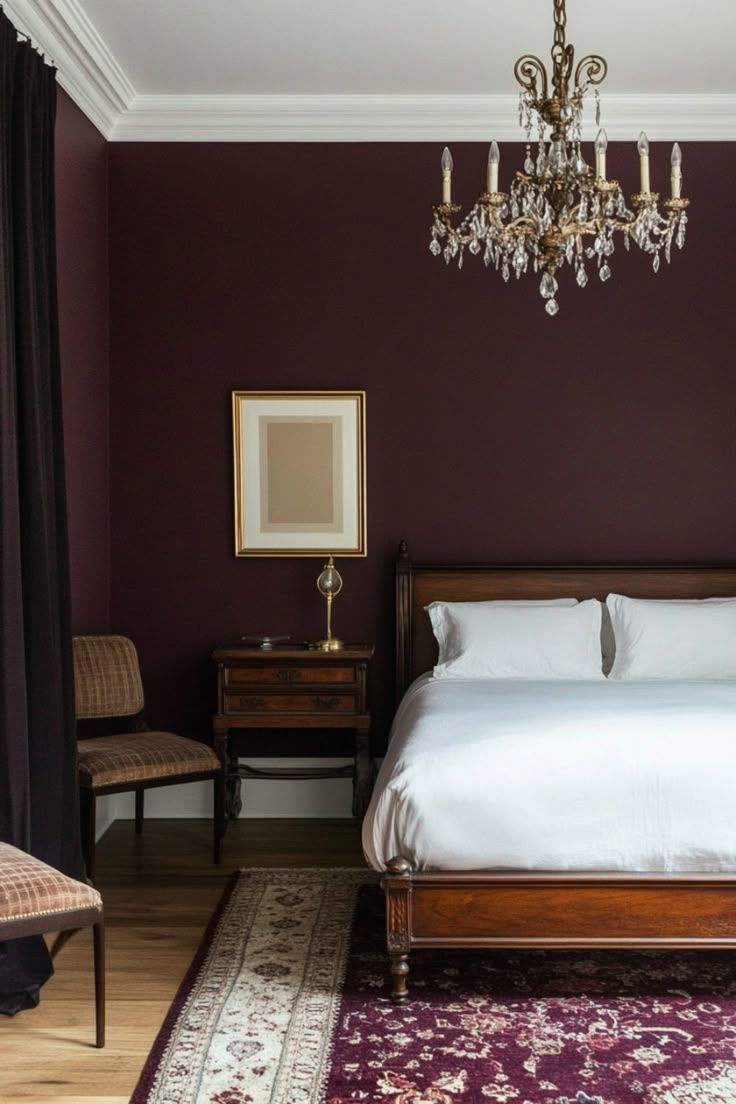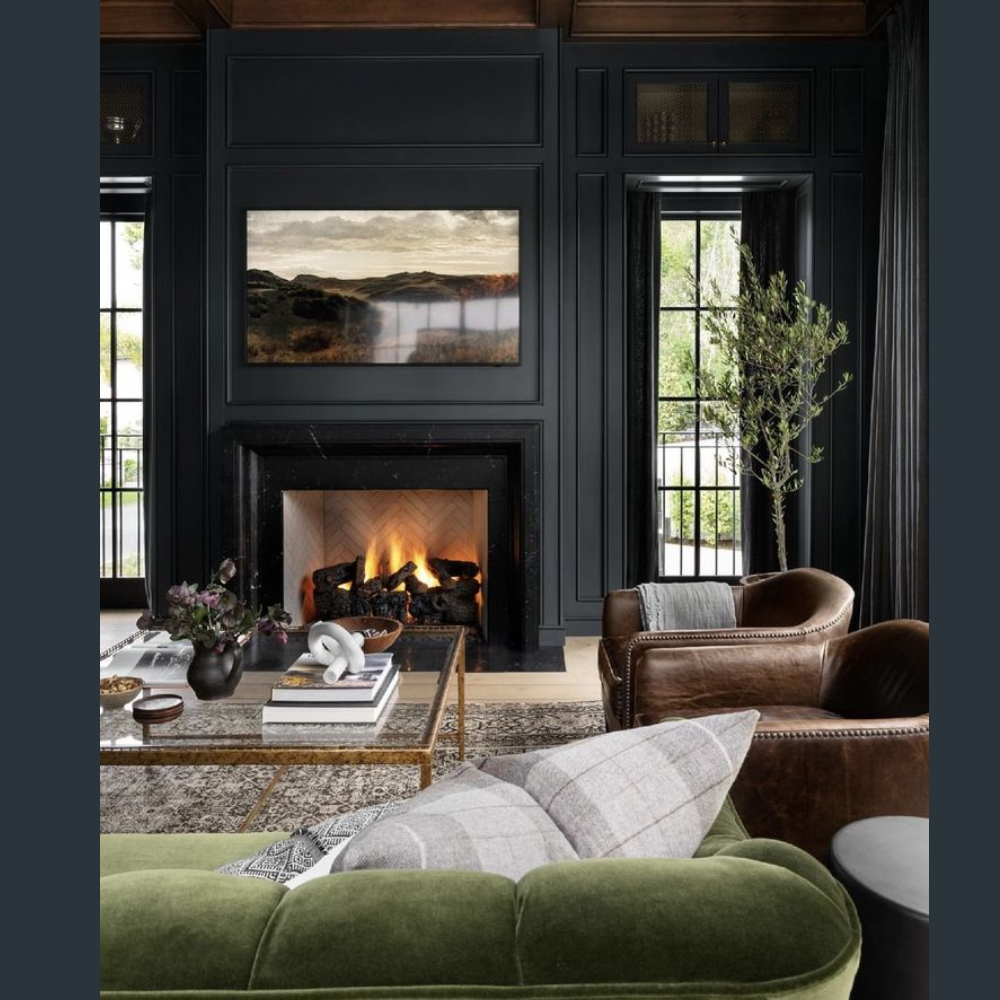Investigating Curtain Linings
During winter, windows can play a major role in controlling the temperature in our homes. During winter it is easy to lose heat and in summer windows can overheat a home if not appropriately covered. Correctly fitted curtains can reduce heat loss from your windows by 40-60% when closed. (Energy Efficiency and Conservation Authority – NZ)
The insulating factor provided by having a separate lining comes from creating a pocket of air between the glass and the lining and then the lining and face fabric. The cool air is trapped between the layers of fabric creating a thermal barrier to prevent cool air from entering the room.
Linings also help protect the face fabric you have selected for your room. Our sun in New Zealand is particularly harsh on fabrics and many fabric suppliers will only guarantee fabrics for one-three years. Lining is a relatively cost effective addition to help protect your curtain fabric investment and a good quality lining will stop UV rays from fading your fabric over time.
Advantages of Lined Curtains
Advantages to having good quality lined curtains are:
- A lining creates a thermal insulation layer
- Lining protects drapes and soft furnishings from our harsh sun and damaging UV rays
- Lining can provide resistance to dust and mildew
- A dark room environment can be created with linings (using a blackout or dimout lining fabric)
- Lining prolongs the appearance and lifetime of your curtains as it protects the face fabric from harmful UV rays
- Lining can improve the drape in a curtain once installed
- Linings on your curtains can provide greater acoustic properties with more layers
- In hot conditions, lining can reduce the heat transfer through windows and into the room
Curtains can be lined with a single fabric or we can manufacture interlined curtains which include a third layer of fabric that sits between the lining fabric and face fabric. Interlining curtains can provide additional benefits such as increased thermal protection, volume to the body of the drape and acoustic advantages.
Types of Curtain Linings
There are several different types of lining and the correct selection will depend on the individual characteristics of the lining fabric and face fabric as well as the environment where the curtains will be hung.
Thermal Lining
One layer (1 pass) of coated acrylic suede compound is known as thermal lining. Thermal lining offers the advantages of insulation and energy savings. With thermal lining, a certain amount of light will pass into the room with this process and construction of the fabric. As with all good quality lining fabric, thermal lining will protect face fabric from fading but they are also treated to resist mildew.
Thermal lining is manufactured via a process that involves a thermal coating being applied directly to the reverse side of the fabric to reduce UV rays whilst increasing the insulation.
Blackout Lining
Three layers (3 pass) of coated acrylic suede compound is known as ‘blackout’ thermal lining. This process offers the same benefits as thermal lining but also totally eliminates light filtration. The cloth provides a stable environment for the face fabric, adds volume to the curtain, and is a good selection for roman blinds.
If your curtains are closed during the day, a blackout lining will ensure that the colours and patterns in your face fabric are not saturated with back-lit sunshine.
Blackout lining has coloured fabric options. Using a coloured lining can help to increase the depth of a sheer face fabric and also alter the tone of the colour you see from the room.
Dimout / Triple Weave Lining
Triple weave linings differ from coated linings as the ‘dimout’ quality is achieved through the woven construction of the fabric. This lining type is a popular choice in commercial and residential properties due to the washability, noise reduction characteristics and affordability. The fabric generally has a soft, thick handle which can add fullness to lighter weight fabrics.
Interlining
Interlining (also known as Bumpf) adds body and fullness to a curtain. The composition is typically either a polyester/viscose/cotton blend or 100% napped cotton. Interlining improves the acoustic properties of a room through noise reduction and increases insulation benefits by providing an extra thick layer of fabric in the overall construction of the curtain (the curtain is made with three layers – the face fabric, interlining and normal lining).
Silicone Lining
Technological advancements have led to linings being made from thin layers of silicone compound. The benefits to this are a soft handle and the fabric not holding or creating loose dust as experienced with acrylic suede lining. Silicone backed lining is a three-layer coated product with protective benefits from the sun and moisture. This lining is also washable but cannot be dry-cleaned.
My Experience - Interlining Works!
We love curtains and fabrics and have a lot of experience to help you on your window furnishing journey. If you have any questions about lining types or want to talk about different linings in your home then please get in touch. We would love to help!
